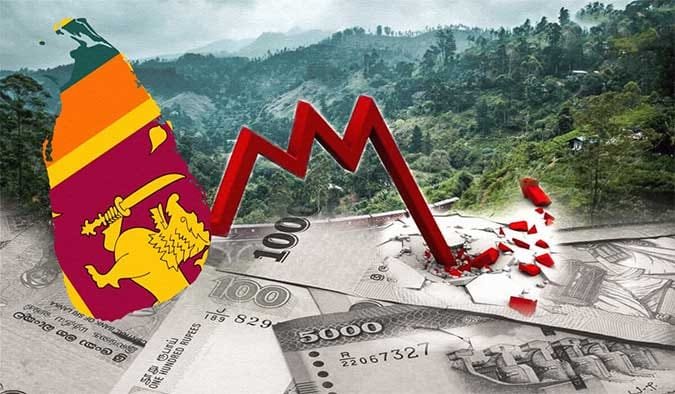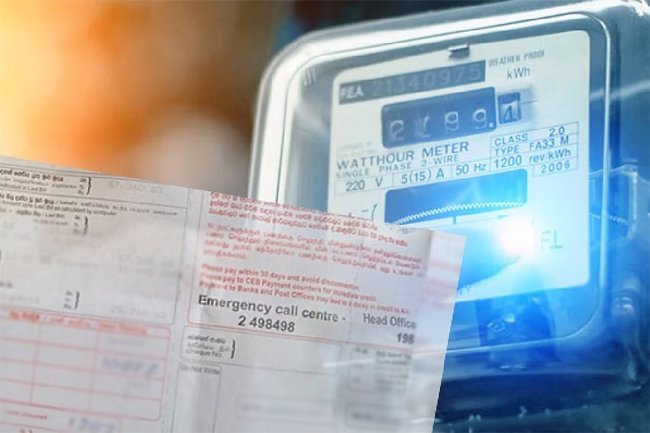Introduction: Vehicle imports in Sri Lanka play a significant role in the country’s automotive industry, offering a wide range of options for consumers, businesses, and government institutions. However, the import process can be complex, with multiple regulations, taxes, and procedures to consider. Understanding these intricacies is essential for anyone looking to import a vehicle into Sri Lanka. In this blog post, we will explore the key aspects of vehicle imports, the regulatory framework, and the potential challenges and opportunities for individuals and businesses.
- Overview of Vehicle Imports in Sri Lanka Sri Lanka has seen a steady demand for vehicle imports, driven by factors such as urbanization, infrastructure development, and growing consumer preferences for modern cars. The government regulates vehicle imports to manage the country’s foreign exchange reserves, control traffic congestion, and promote environmental sustainability. While the import of vehicles is an essential aspect of the automotive market, it is subject to specific rules and regulations.
- Types of Vehicles Available for Import When importing vehicles to Sri Lanka, you can choose from a variety of options, including:

Passenger Vehicles: These include cars, SUVs, and MPVs that cater to individual and family transportation needs.
Commercial Vehicles: Trucks, vans, and buses used for business operations, such as transportation, delivery, and logistics.
Two-Wheelers: Motorcycles and scooters are also part of the vehicle import sector, providing affordable and efficient mobility.
- Import Regulations and Guidelines The Sri Lankan government has established strict regulations for vehicle imports to ensure the safety, environmental compliance, and taxation of imported vehicles. Some of the key regulations include:
Age Limit on Used Vehicles: Sri Lanka imposes a limit on the age of used vehicles allowed for import. Generally, vehicles older than 5 years are not allowed to be imported, although there are exceptions for specific categories.
Emission Standards: All imported vehicles must meet Sri Lanka’s emission standards to reduce pollution. These standards are aligned with international norms and promote the use of cleaner technologies.
Homologation Process: The process of vehicle homologation ensures that the imported vehicle meets local safety, quality, and environmental standards. This process must be completed before the vehicle can be registered for use in Sri Lanka.
- Taxes and Duties on Vehicle Imports The importation of vehicles is subject to various taxes and duties, including:
Customs Duties: These are calculated based on the value of the vehicle, its engine capacity, and other factors.
Value Added Tax (VAT): This is applied on the total value of the vehicle, including the customs duties.
Excise Duty: A significant tax that is imposed on vehicles based on their engine capacity and value. It can vary widely depending on the type of vehicle.
Registration Fees: Once the vehicle is imported and cleared through customs, it must be registered with the Department of Motor Traffic (DMT) for a fee.
- The Role of Agents and Dealers Vehicle importation can be a complicated process, particularly for those unfamiliar with the regulations and procedures. Many individuals and businesses opt to work with vehicle import agents or dealerships that specialize in navigating the complexities of the import process. These agents assist with documentation, customs clearance, and ensuring that the vehicle complies with all necessary standards.
- Challenges in Vehicle Imports While vehicle imports offer several benefits, they come with their own set of challenges:
Currency Fluctuations: The value of the Sri Lankan Rupee can affect the cost of imported vehicles, making it more expensive for consumers and businesses to import.
Regulatory Changes: Frequent changes in import regulations and taxes can create uncertainty for importers, leading to delays and additional costs.
Supply Chain Disruptions: Global supply chain issues, such as the shortage of chips for vehicle production, can impact the availability of certain models, further complicating the import process.
- Opportunities for Vehicle Importers Despite the challenges, the Sri Lankan vehicle import market presents numerous opportunities:
Demand for Eco-Friendly Vehicles: With growing environmental concerns, there is an increasing demand for electric vehicles (EVs) and hybrid vehicles. Importers who focus on sustainable and green technologies can tap into a growing market segment.
Government Incentives: The government has introduced various incentives for the importation of energy-efficient vehicles, such as tax reductions for electric vehicles (EVs).
Growing Middle-Class Population: The rising middle class in Sri Lanka has increased the demand for modern vehicles, presenting an opportunity for importers to cater to this market.
Conclusion: The vehicle import process in Sri Lanka is an essential part of the country’s automotive sector. While it involves navigating complex regulations and dealing with various taxes and duties, it also offers significant opportunities for individuals and businesses alike. By understanding the key aspects of vehicle imports, including types of vehicles, taxes, and the role of agents and dealers, importers can ensure a smoother and more cost-effective process. As the demand for sustainable and eco-friendly vehicles grows, the future of vehicle imports in Sri Lanka looks promising.
Keywords: Vehicle imports Sri Lanka, vehicle import regulations, taxes on vehicle imports, Sri Lanka automotive market, emission standards, import agents, electric vehicles Sri Lanka, vehicle import challenges, sustainable vehicle imports, vehicle registration fees.













